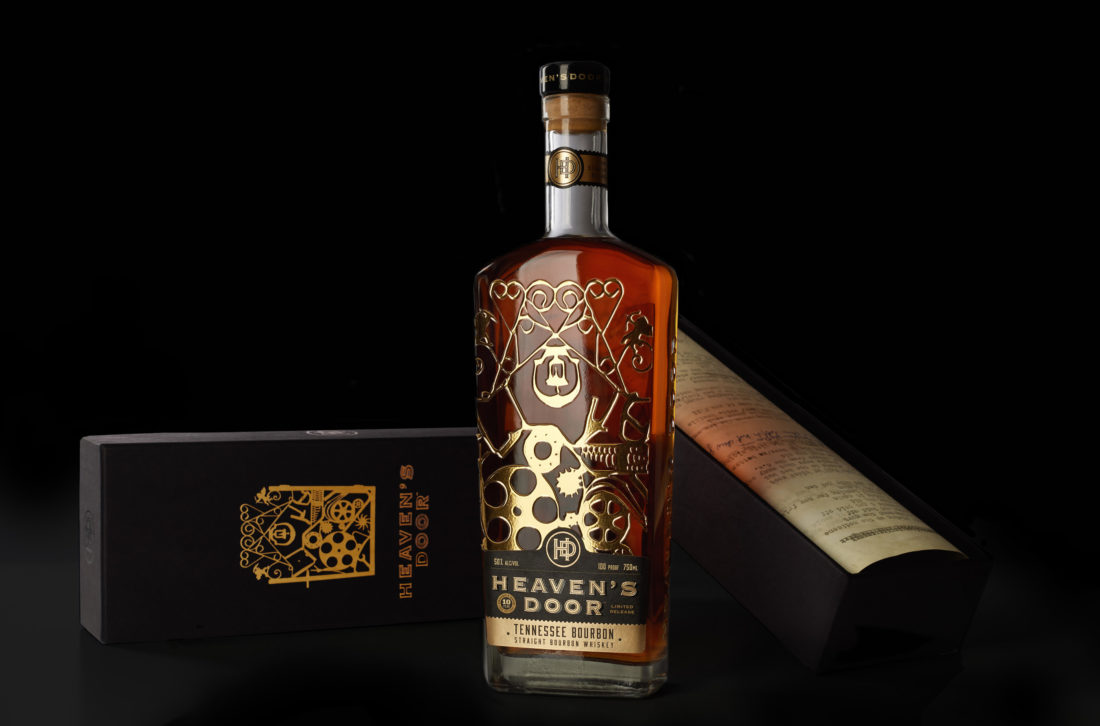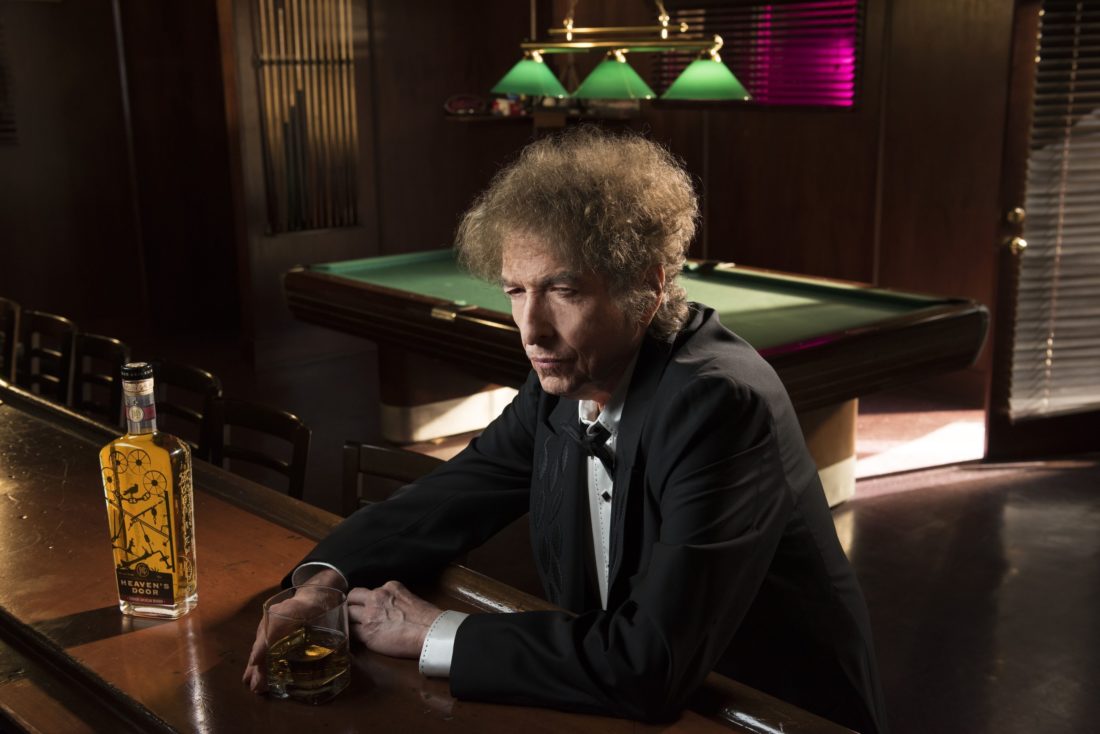It’s been a half-century since one of our most enigmatic musicians and certainly our most shape-shifting Nobel literature prizewinner, Bob Dylan, turned to the South to re-invent himself artistically in Nashville. The result of those February 1969 recordings with Johnny Cash and Cash’s trusted backup band—Bob Wootton and Marshall Grant, alongside Charlie Daniels, Norman Blake, Kenny Buttrey, Charlie McCoy and Pete Drake—was the deceptively mellifluous, genre-smashing album Nashville Skyline. The recording has since stood tall as a plinth upon which Dylan, now seventy-nine, was able to build his subsequent, and several, artistic lives. Like a sepia-toned Matthew Brady platinum print of the Civil War, the album serves today as an intensely detailed picture of its time, in its case revealing an intimate portrait of the artistic prowess of Cash, Dylan, and the deep bench of musical talent in Nashville of that day.
So: It was with a close reading of Dylan’s connection to Tennessee that the studious Chicago liquor man Marc Bushala, a cofounder of Angel’s Envy bourbon and general man-about-the-country in Big Liquor, unearthed the fine print of an obscure trademark laid down by Dylan, apparently listing the possible branding of some whiskey. Bushala jumped through quite a number of hoops, earned an audition—not an easy prospect with Dylan or his camp—and, over time, convinced the super-quirky bard to make some whiskey with him. They founded the partnership in 2015. Though slow in coming, as is famous with all Dylan projects, the whiskey has been with us for a couple of years now.
That Dylan would engage to create “merch” at the altar of Bacchus, or in his case, at John Barleycorn’s well-worn place of worship, stands to reason. The effort also stands in a long and colorful rogues’ gallery of musicians who have preceded Dylan with their own brands of hooch, namely, Justin Timberlake (Sauza 901 tequila), Sean “Puff Daddy/Diddy/P. Diddy” Combs (Ciroc Vodka); Drake (Virginia Black whiskey); baby-faced Nick Jonas (Villa One tequila); and bringing up the rear with a self-portrait of himself as an old man on the bottle, Marilyn Manson (Mansinthe Absinthe). Dylan’s painterly kinship with Marilyn Manson aside, it’s not exactly a list of gentlemen whom one could see Dylan picking as sidemen. Liquor makes strange bedfellows that way.
A three-bottle Dylan range was conjured and released in 2018: a rye, a double barrel–aged, and most impressively, a “Tennessee Bourbon” under the aegis of the newly minted Heaven’s Door Spirits, named for the global hit Dylan wrote for soundtrack of the 1973 film Pat Garrett and Billy the Kid. All the Heaven’s Door bottles are sumptuously faced with strong images of Dylan’s imposing, elegantly austere steel gate sculptures—the Pearly Gates metaphor, aka Heaven’s Door, get it?—which he himself fabricates out of castoff metal in his studio in Malibu, California.
The releases were well received, if with a bit of a quizzically raised eyebrow from the heavy-hitting liquor reviewers. On the bright side, the whiskies were deemed delicious—which they had to have been in the $50 to $80 price range per fifth. But there remained a highly amusing quotient of mystery—a not uncommon commodity with the chameleon-like Dylan himself—regarding the “Tennessee Bourbon.” The major element of mystery was one of what the French would call terroir.

Taking a page from another famous Nobel laureate, Albert Einstein, we’ll call it the Great Bob Dylan Whiskey Anomaly. Not unrelated to Einstein’s General Theory of Relativity, the Dylan Whiskey Anomaly reveals that Dylan’s Tennessee Bourbon violates one of the central laws of physics in that the whiskey seems to be from two places at once.
It works like this: No distiller in Tennessee makes bourbon, as such. They do very much make “Tennessee Whiskey” in Tennessee, which, formally, according to Tennessee state law, is required to be maple charcoal filtered. This is called the Lincoln County Process. And: As is well known by every Southerner and every connoisseur of brown liquor around the world, they very much do make “bourbon” in Kentucky, where exactly that tactic of charcoal filtering is eschewed.
The Dylan Whiskey Anomaly caused quite a bit of noggin-scratching among the more alert whiskey-heads who reviewed the 2018 Heaven’s Door bottles, the contents of which had, already, spent a fruitful eight years aging. Quite a guessing game sprang up—and the question among the cognoscenti from the get-go was, hilariously, which Kentucky distiller had been contracted by Heaven’s Door to distill Dylan’s lyrical elixir.
For those Dylan aficionadi with deeper pockets, Heaven’s Door has released a fifteen-year old bourbon as part of the “Bootleg Series,” named after Dylan’s own Bootleg Tapes. This year’s Bootleg Series bottles come adorned with labels featuring Dylan’s own sunset landscape, entitled Monument Valley. Each bottle gets enveloped in its own embossed, dark-green leather “journal,” aka a book safe, perfect for tête-à-têtes in your walnut-paneled study. Priced at $500 per, the Bootleg Series bottles are anything but bootleg whiskey, but they do pose the terroir question nicely. Fifteen years ago, Heaven’s Door did not exist. So, where does this apparently delicious fifteen-year-old bourbon come from again? For that matter, the initial bourbon was eight years old when released in 2018, so where did that stash come from?
Nota bene: It’s not as if Messrs. Dylan and Bushala would be arrested by a couple of serious Tennessee State troopers if they distilled what we know of as Kentucky straight bourbon in the state of Tennessee—it’s simply mandated that you cannot, legally, call that product Tennessee Whiskey. So, for all we know, the gentlemen distillers could well have engaged in the (for Tennessee) traitorous act of distilling their firewater within the Volunteer State, minus the Lincoln County process.
For its part, Heaven’s Door has striven to stay well above that terroir fray, except to celebrate the fiftieth anniversary of Nashville Skyline and to point out on its website that everything going into their bottles has a tie to the great state of Tennessee. Fair enough. Part of Dylan’s own genius is that he’s a shape-shifter of the first water, famously incinerating the folk scene by moving to electric guitar in the sixties, moving to country, thence to Christianity, moving on. Keep your whiskey mystery rollin’ boys!
None of this start-up comedy is meant to suggest that Heaven’s Door won’t be distilling their whiskies in Tennessee shortly, and very publicly so, in the brand-new, see-through distillery they’re building in their architects’ old offices—in a 160-year-old deconsecrated church in Nashville’s hopping SoBro (South of Broadway) district. Originally slated to open in autumn 2020, the project has broken ground but has been understandably delayed; in the meantime, Heaven’s Door plans to put in a boutique hotel next door. Along with the distillery, the restaurant, and the hotel, will come a brassy art space, in which some of Dylan’s actually quite acclaimed work will be exhibited.
As many musicians have done, over the course of his storied life Dylan blazed through his salad days with the aid of plenty of drink. About mid-career he famously turned to Christianity and, through the last quarter-century, to the proto-realist Dylan of today. Now, in a mashed-up echo of that—and for the South, in yet another almost unthinkable shape-shift—the man will be bringing his Tennessee Bourbon to us out of a Nashville church.








